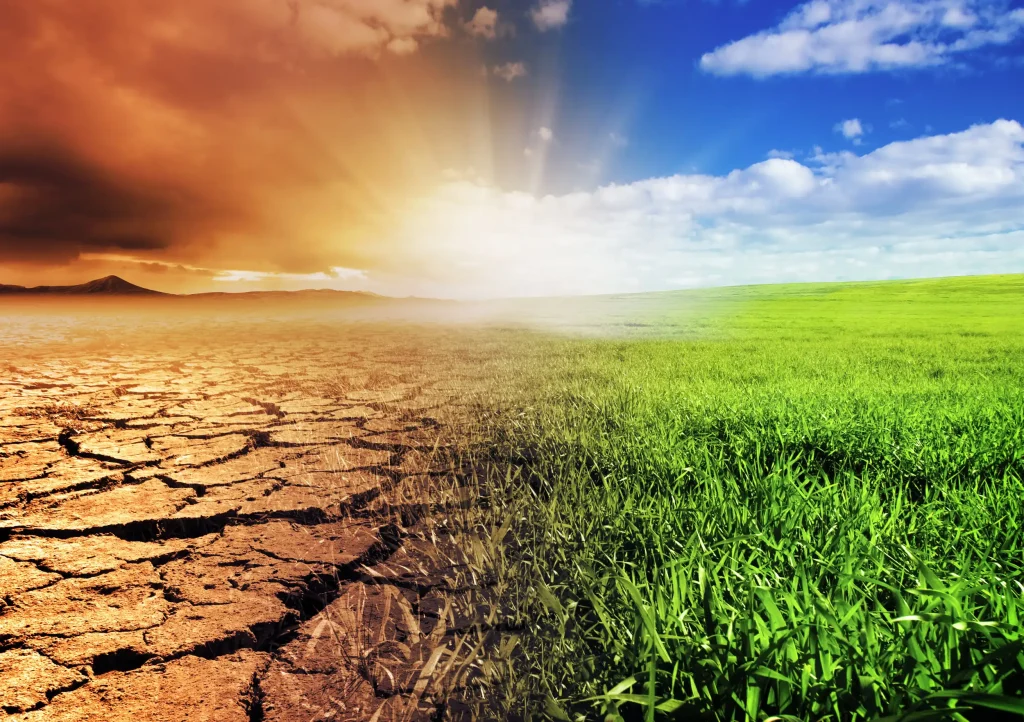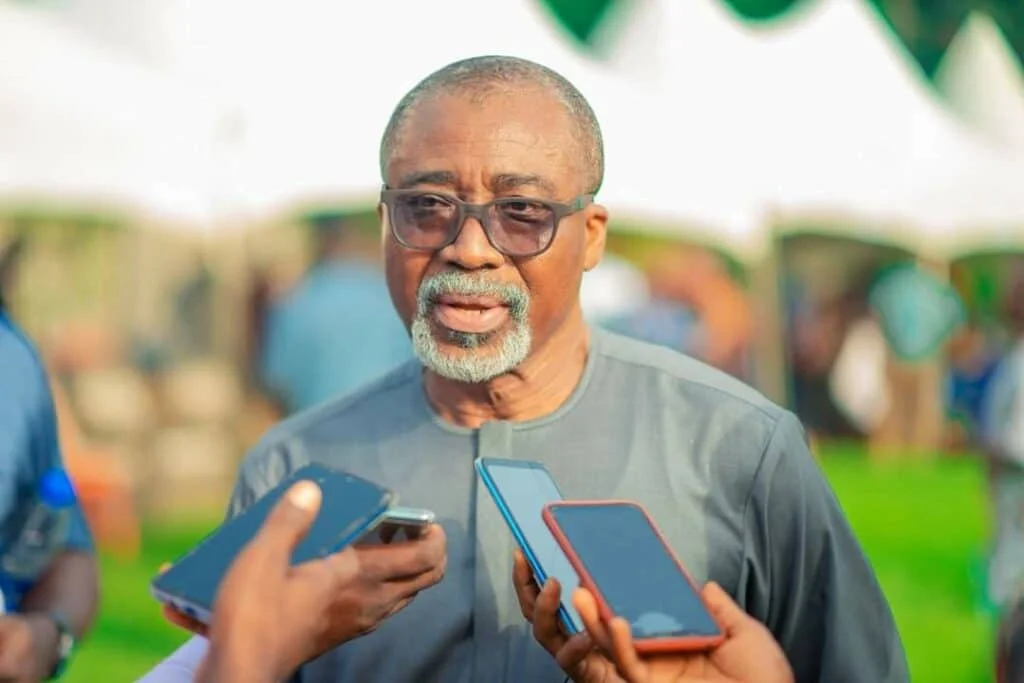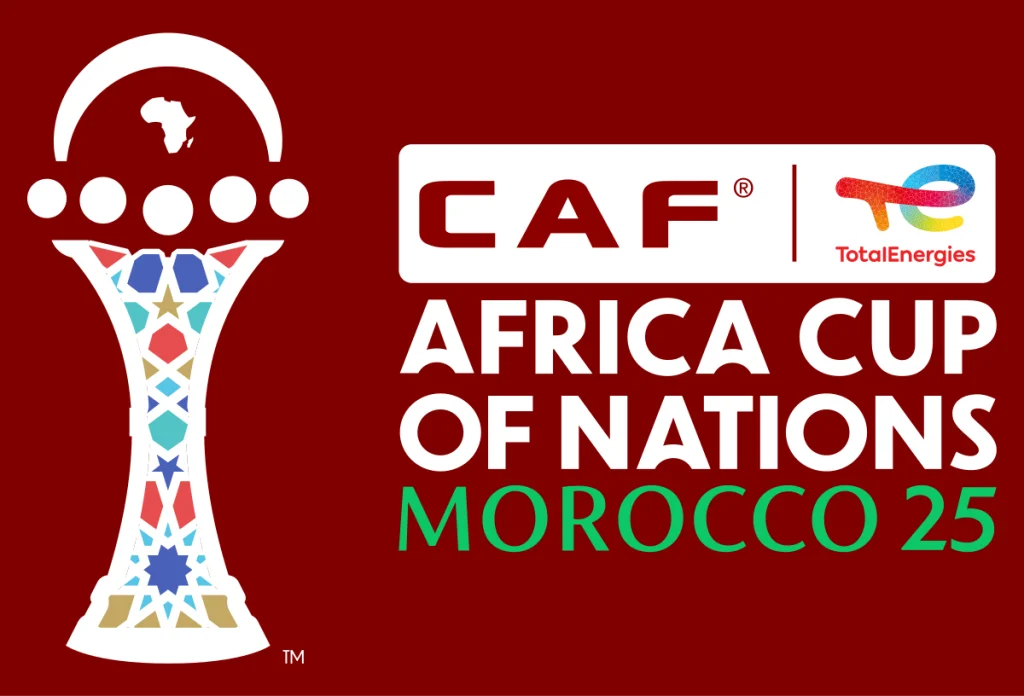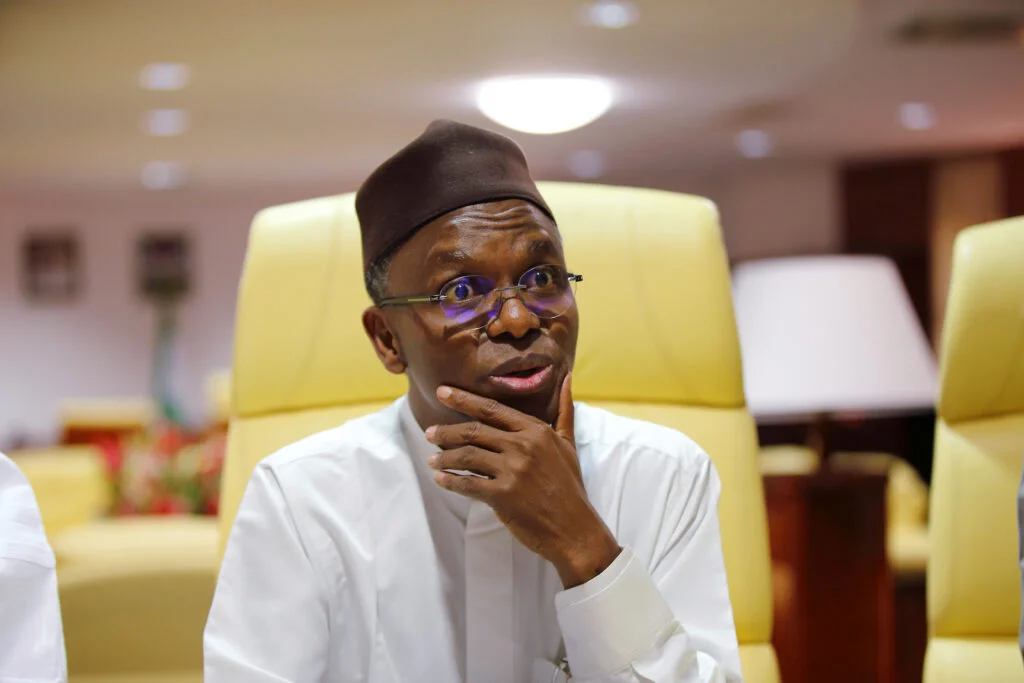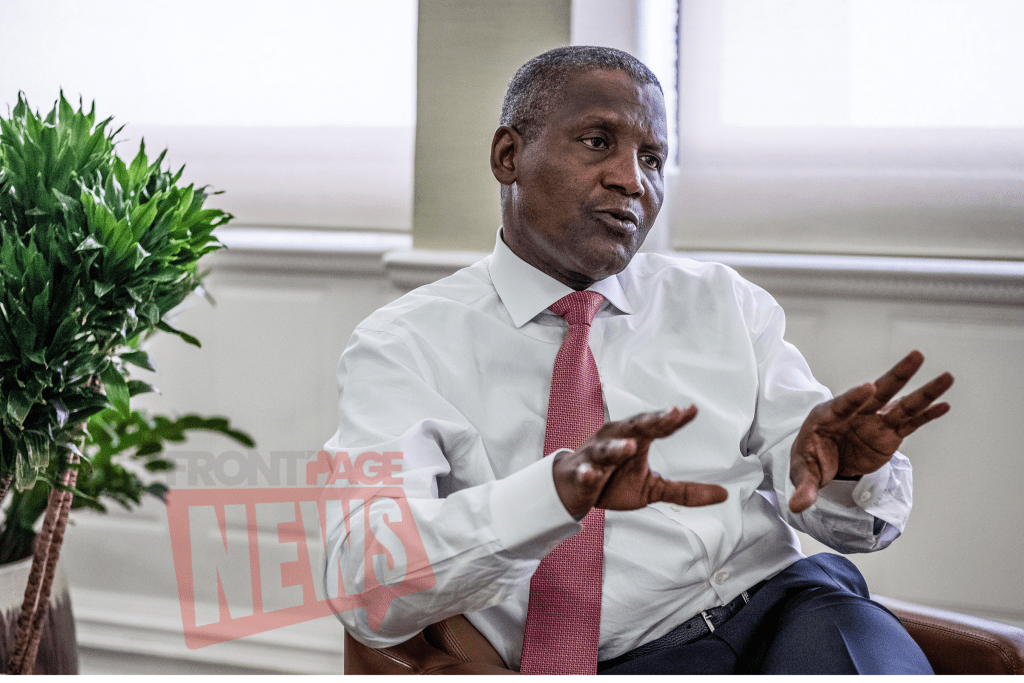Sustainability means meeting today’s needs without jeopardizing the ability of future generations to meet theirs. This guiding principle lies at the heart of responsible environmental stewardship. However, beyond the environmental actions we take, a crucial question emerges: how do we equip future generations with the knowledge and tools they need to uphold this concept? Without a doubt, today’s youth must understand key environmental themes such as climate change, renewable energy, and the circular economy. They must prepare not only to adapt but also to lead in the pursuit of a sustainable world.
Why Youth Voices Matter in Climate Action
In fact, the voices of children and young people—especially those from the developing world—deserve to be heard and included in climate discussions. After all, they will inherit the consequences of today’s choices. Recognizing this reality, the Connecting Communities and Heritages against Climate Change (CCHCC) programme emerged at the perfect moment. This initiative stands as a powerful collaboration between the Open University, the University of Ibadan, Highland One World, and the YMCA African Alliance.
By design, the programme relies on participatory research and co-design, ensuring that children and young people from Nigeria, Kenya, and Scotland actively engage in activities that support climate action within their communities. As a result, the project doesn’t just inform; it empowers.
Artivism: A Creative Force for Environmental Change
At the heart of CCHCC lies a unique approach known as artivism—a creative fusion of art and activism. This term, a blend of “art” and “activism,” describes a dynamic space where artists and audiences engage in meaningful dialogue aimed at sparking social change. Whether it’s artists advocating for action or activists using artistic expression to drive their message, artivism serves as a compelling catalyst for transformation.
Two weeks ago, this spirit of creativity and activism came to life in Abuja during the Nigerian edition of the CCHCC programme. Dr. Deborah Ayodele-Olajire of the University of Ibadan led the event, which united school children from across the Federal Capital Territory with lawmakers, civil servants, media professionals, development workers, and other stakeholders. Through a vibrant showcase of artistic talent, the young participants boldly called on Nigerian society and government to respond urgently to the climate crisis.
Children’s Artwork as a Wake-Up Call
During the event, the children used painting, poetry, sculpture, and storytelling to express their emotions, concerns, and hopes regarding environmental degradation. Each piece offered a moving portrayal of the devastating effects of industrialization, deforestation, and pollution, while also promoting the healing power of ecosystems and the critical need for sustainable living.
Fortunately, members of the legislature attended the exhibition—an essential step in translating these conversations into real legislative change. Without their presence, the event could have remained a symbolic gesture rather than a policy-influencing platform.
Lawmakers Pledge Support
In a welcome address delivered on behalf of the House Committee on Environment Chairman, senior legislative aide Hon. Michael Etaba emphasized the urgency of the climate emergency. He explained that human activities had significantly altered the Earth’s atmosphere, posing long-term risks to both humans and ecosystems. He noted that the children’s messages offered valuable insights into how Nigeria must approach urbanization, industrialization, and resource extraction with caution and care.
Crucially, Etaba assured the audience that all contributions from the children and stakeholders would be compiled and presented to the National Assembly. In doing so, the legislative body committed to incorporating these insights into Nigeria’s evolving climate policies, reinforcing a national vision for sustainability.
Children Present “Our Planet, Our Promise”
The highlight of the event came when the children unveiled their Children’s Manifesto, titled “Our Planet, Our Promise.” This heartfelt document expressed their collective commitment to protecting the environment and called for urgent action from global and national leaders. In powerful words, the children declared:
“We are the children of today and the adults of tomorrow. We dream of a healthy, safe, and inclusive planet for today and tomorrow… But we also see how our planet is hurting, and we know we can work together—young and old—to help heal it.”
They described how harmful behaviors like waste dumping, fossil fuel burning, deforestation, and excessive car use degrade the planet. They warned of worsening floods, extreme heat, and environmental decay if such practices continue. To illustrate these concerns, the children presented art that depicted a tree with one lush, green half and the other side dry and lifeless—symbolizing the dual paths humanity can choose.
Calling for Practical Climate Solutions
More importantly, the children didn’t just highlight the problems—they offered concrete solutions. They emphasized tree planting, clean energy adoption, sustainable transportation, and a shift away from the throwaway culture. They called for everyone to embrace the three Rs—Reduce, Reuse, Recycle—to protect the environment from pollution, flooding, and desertification.
They also advocated for inclusion, stating that children have the right to voice their opinions and influence decisions that affect their lives and futures. They expressed their desire to share their ideas through every possible medium—stories, images, videos, and dialogue.
“We, the children of the world, love our planet and want to protect it,” they said. “We are brimming with innovative ideas… This is our promise to Earth, and to each other.”
Scaling Local Actions for Global Impact
Undoubtedly, the creativity and determination demonstrated by these young Nigerians should not go unnoticed. Their manifesto, “Our Planet, Our Promise,” and the powerful artistic displays that accompanied it deserve recognition on global platforms—most especially at the upcoming COP30 (Conference of the Parties to the United Nations Framework Convention on Climate Change) in Brazil later this year.
By amplifying these voices and supporting youth-led climate initiatives, Nigeria can show leadership in the global shift toward net-zero emissions. Therefore, it is vital that policymakers, educators, civil society organizations, and development partners actively invest in platforms like the CCHCC. These platforms don’t just raise awareness—they lay the groundwork for a generation of environmentally responsible citizens.
Conclusion: A Collective Responsibility for a Sustainable Tomorrow
In conclusion, we must all recognize that sustainability starts with education, empowerment, and engagement—especially for the youth. While governments create policies and corporations change practices, it is the children of today who will inherit the consequences of these actions.
Through the CCHCC programme and its innovative use of artivism, young Nigerians have proven that they are not just future leaders—they are current changemakers. Now, the responsibility falls on all of us—adults, leaders, institutions—to support their vision and transform it into tangible action.
By working together, we can ensure that these young voices not only inspire conversations but also shape the policies and practices that lead to a healthier, safer, and more sustainable planet for all. Their message is clear—and it is time we listened.

